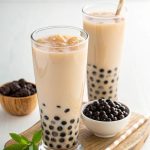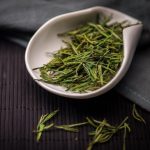Chinese tea has a rich history that stretches back thousands of years, serving as more than just a beverage. It is woven into the very fabric of Chinese culture, from daily life to spiritual practices and artistic expression. With its myriad varieties, brewing techniques, and health benefits, Chinese tea continues to captivate enthusiasts around the globe. This article will explore the origins of Chinese tea, its various types, health benefits, cultural significance, and even connections to other tea traditions.
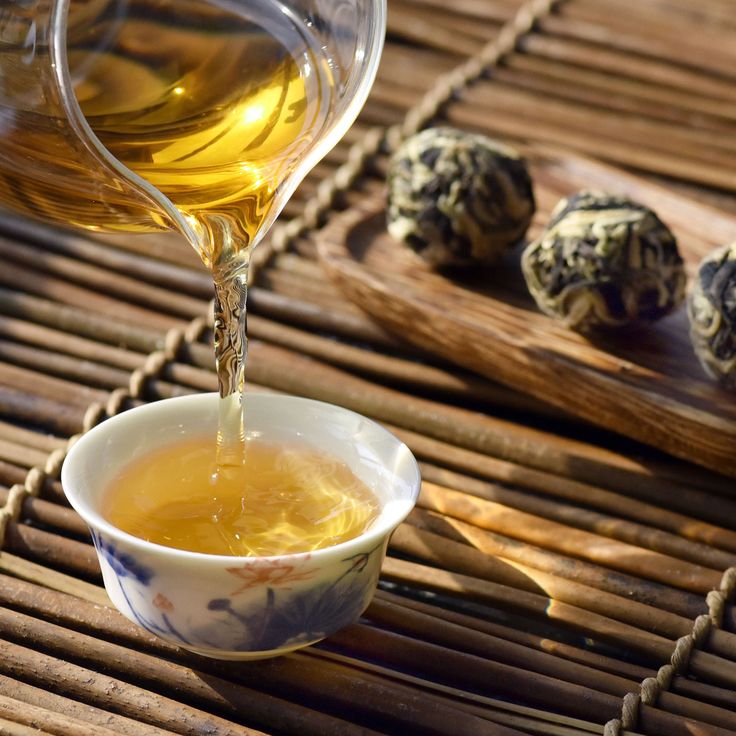
The History of Chinese Tea
Origins of Tea in China
Tea’s history in China dates back to as early as 2737 BCE, according to Chinese legend. Emperor Shen Nong is said to have accidentally discovered tea when leaves from a wild tea tree fell into a pot of boiling water he was preparing. The infusion became a refreshing drink, and its popularity spread gradually.
Historical records indicate that by the Tang Dynasty (618-907 CE), tea had established itself as a staple beverage. The Song Dynasty (960-1279 CE) saw the formation of the first tea houses and the rise of tea culture. With the increase in trade during the Ming (1368-1644 CE) and Qing (1644-1912 CE) dynasties, Chinese tea became known worldwide, influencing the global tea trade and consumption patterns.
The Cultivation of Tea
The cultivation of tea in China is an elaborate process, often involving traditional methods passed down through generations. The primary tea-growing regions include Fujian, Yunnan, Zhejiang, and Anhui provinces. Each region possesses unique climate and soil conditions, contributing to the distinct flavors of the tea varieties produced there.
Chinese tea is primarily harvested from the Camellia sinensis plant. The processing of tea leaves varies depending on the type of tea being produced, from oxidation levels to drying techniques. The artistry and care involved in tea cultivation and processing reflect the cultural significance placed on this ancient beverage.
Types of Chinese Tea
Chinese tea encompasses a wide range of varieties, each with its unique flavor profile, aroma, and health benefits. The major classifications of Chinese tea include:
1. Green Tea
Green tea is one of the most popular forms of tea in China. It is made from fresh tea leaves that undergo minimal oxidation during processing. The leaves are typically steamed or pan-fired to preserve their green color and fresh flavor. Notable varieties of Chinese green tea include:
- Longjing (Dragon Well): This famous green tea from Hangzhou is known for its flat, emerald leaves and a sweet, nutty flavor.
- Biluochun (Green Snail Spring): Originating from Jiangsu province, this tea features rolled leaves resembling snail shells and has a floral and fruity taste.
2. Black Tea
In Chinese culture, black tea is referred to as “red tea” (hong cha) due to the reddish color of the brewed infusion. Black tea undergoes full oxidation, resulting in a dark, robust flavor. Prominent varieties include:
- Keemun Tea: Known for its fragrant aroma and smooth, slightly smoky flavor, this black tea is grown in the Qimen County of Anhui province.
- Yunnan Black Tea: Sometimes called “Dian Hong,” this type has a rich, malty taste, with hints of sweetness.
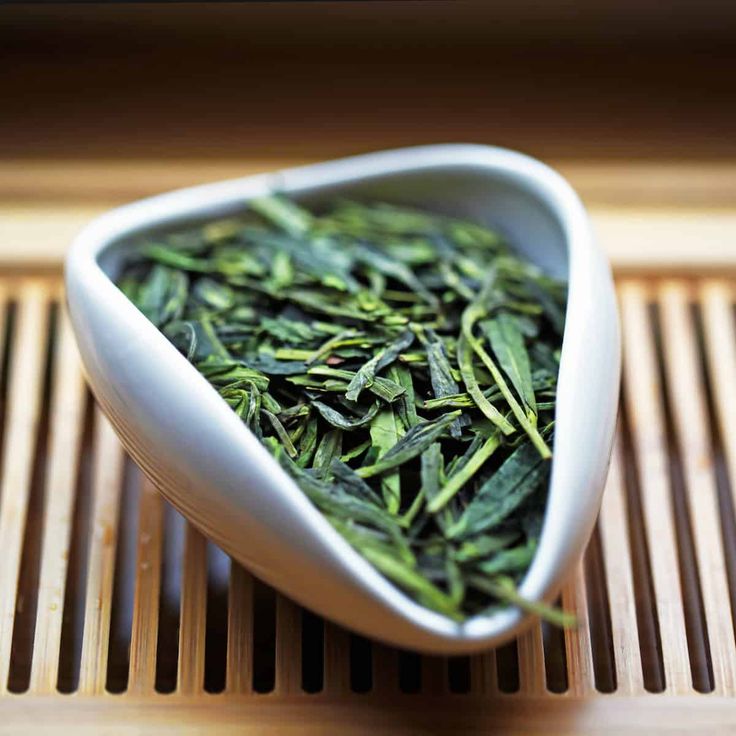
3. Oolong Tea
Oolong tea is a semi-oxidized tea that lies between green and black tea in terms of flavor and appearance. The oxidation process can vary, resulting in diverse flavor profiles. Notable oolong varieties include:
- Tieguanyin (Iron Goddess of Mercy): This high-quality oolong from Fujian province has a floral aroma and a soothing, buttery taste.
- Da Hong Pao (Big Red Robe): Renowned for its rich flavor, this oolong tea is considered one of the most prestigious Chinese teas.
4. White Tea
Producers make white tea by utilizing young tea buds and leaves that they simply wither and dry, resulting in the least processed type of tea. This tea retains a delicate, subtle flavor and offers numerous health benefits. Key varieties include:
- Silver Needle (Baihao Yinzhen): This renowned white tea consists of silvery buds and offers a sweet, light taste.
- White Peony (Bai Mudan): Made from both buds and leaves, this variety is more robust than Silver Needle and features a fruity flavor profile.
5. Pu-erh Tea
Pu-erh tea is a fermented tea from Yunnan province, known for its earthy aroma and complex flavors. Pu’er tea is categorized as either “raw” (sheng) or “ripe” (shou), depending on the processing method. Some benefits of pu-erh tea include:
- Raw Pu-erh: This type undergoes minimal fermentation and continues to age over time, leading to complex flavor development.
- Ripe Pu-erh: A method developed to accelerate fermentation creates a smooth, earthy taste that appeals to many tea drinkers.
The Art of Brewing Chinese Herbal Tea
Using Traditional Methods
Brewing Chinese tea requires care and attention to detail. Different types of tea necessitate various brewing methods, and the temperature of the water matters significantly. Here are some key points for brewing Chinese tea:
- Choosing the Right Water: Use fresh, filtered water to ensure the best flavor. The quality of water can greatly influence the taste of tea.
- Temperature Control: Different teas require different water temperatures for optimal flavor extraction:
- Green tea: 160-180°F (70-80°C)
- Oolong tea: 190-205°F (90-96°C)
- Black tea: 200-212°F (93-100°C)
- White tea: 160-185°F (70-85°C)
- Pu-erh tea: 200-212°F (93-100°C)
- Steeping Times: Steep times vary according to the type of tea:
- Green tea: 1-3 minutes
- Oolong tea: 3-5 minutes
- Black tea: 3-5 minutes
- White tea: 4-5 minutes
- Pu-erh tea: 3-5 minutes
Brewing with a Gaiwan
The traditional Chinese method for brewing tea often involves using a gaiwan, a lidded bowl that allows for direct observation of the brewing process. Using a gaiwan is beneficial for appreciating the aroma, flavor, and visual beauty of the leaves.
Modern Methods: Western Teapots and Infusers
While traditional brewing methods hold great importance, many people prefer using Western-style teapots or infusers due to convenience. Whether brewing in a teapot or using an infuser, it is essential to use the appropriate water temperature and steeping time to preserve the tea’s integrity.
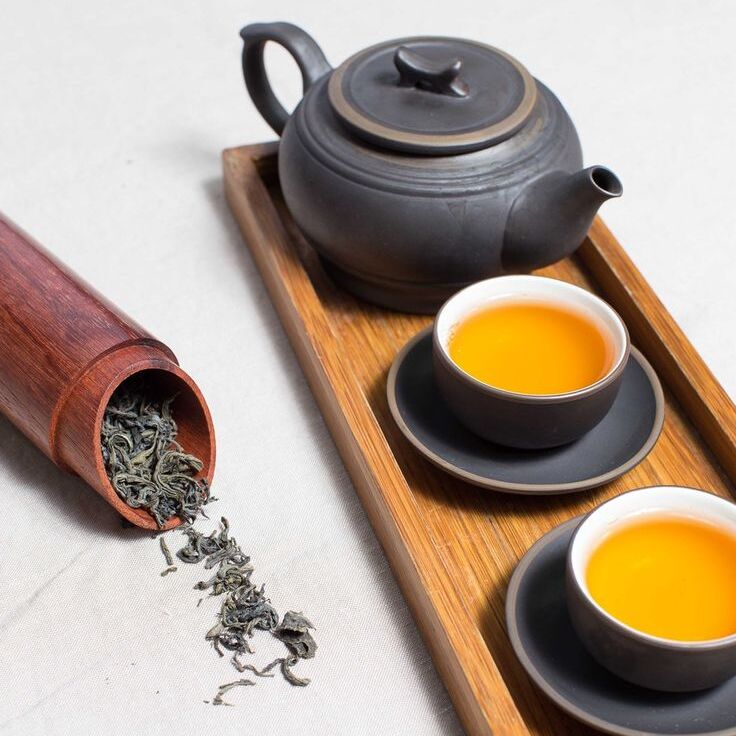
The Health Benefits of Chinese Herbal Tea
Researchers have well-documented the health benefits of drinking Chinese tea, and this information has garnered attention worldwide. Here are some of the most common health benefits associated with various types of Chinese tea:
1. Antioxidant Properties
Chinese tea is rich in antioxidants, particularly catechins and polyphenols. These compounds combat oxidative stress in the body, reducing the risk of chronic diseases and promoting overall health. Regular consumption can support heart health and lower cholesterol levels.
2. Digestive Health
Certain teas, such as pu-erh and green tea, can enhance digestion and promote gut health. These teas may support weight management, improve metabolism, and alleviate digestive issues such as bloating and discomfort.
3. Stress Reduction
The ritual of preparing and sipping tea is often associated with relaxation. Teas like oolong and green tea can offer calming effects, promoting mental clarity and reducing anxiety while providing comfort during stressful times.
4. Boosting Energy Levels
The caffeine content in Chinese black and green tea can stimulate alertness and energy levels, making them ideal for morning or afternoon consumption. Many people enjoy using these teas as healthier alternatives to coffee.
5. Improved Immune Function
Research suggests that the antioxidants found in tea may help strengthen the immune system. Regular consumption of teas like green tea and oolong can improve the body’s ability to fend off illnesses and infections.
The Cultural Significance of Chinese Herbal Tea
1. Tea Ceremonies
Chinese tea ceremonies are an integral part of cultural expression, showcasing the refinement and artistry associated with tea drinking. Different ceremonies exist depending on the region and occasion, ranging from simple family gatherings to elaborate formal events. The process emphasizes respect, harmony, and a connection between participants, elevating tea drinking to an art form.
2. Symbol of Hospitality
In Chinese culture, offering tea to guests is a sign of hospitality and respect. It is common for families to present tea to visitors as a welcoming gesture. This practice symbolizes friendship and goodwill, reflecting the importance of community bonds.
3. Integration into Daily Life
Tea holds a significant place in daily life, from morning rituals to social gatherings. Many Chinese people drink tea multiple times a day, either during meals or as an accompaniment to conversations with friends and family.
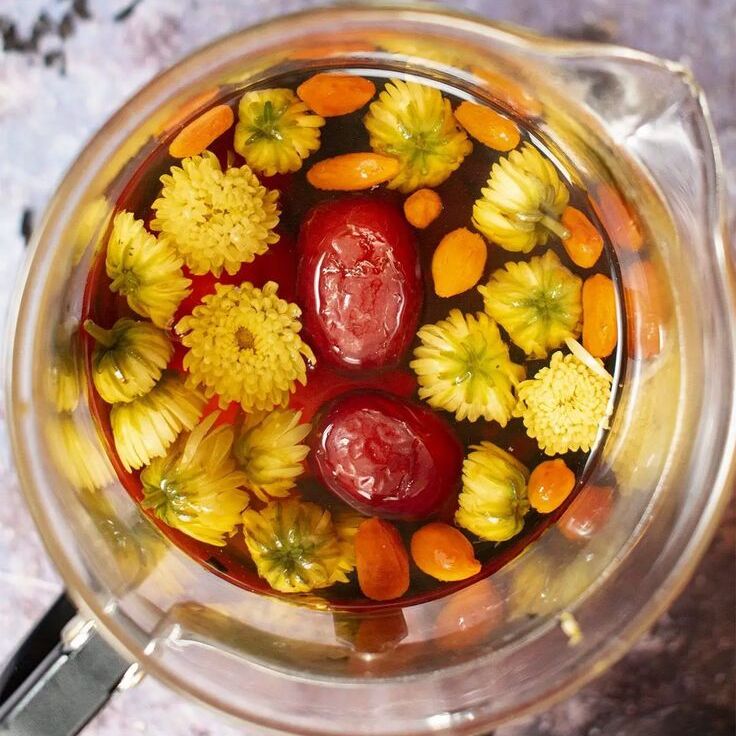
Combining Chinese Tea with Other Tea Varieties
1. Exploring Flavor Profiles
You can enjoy Chinese tea on its own, but experimenting with other tea types can create unique flavor combinations. Blending sencha tea, a Japanese green tea known for its fresh aroma and umami flavor, with Chinese green tea can result in an invigorating beverage that enhances the best qualities of both.
2. Creating Herbal Infusions
Many herbal blends can be created by combining Chinese tea with various herbs and spices. Consider creating a refreshing infusion using Chinese green tea combined with fresh mint or ginger for a flavorful and healthful drink.
3. Iced Tea Creations
During warmer months, crafting iced tea concoctions can elevate flavor experiences. Combining brewed Chinese teas with citrus fruits such as lemon or orange can yield refreshing summer beverages. Additionally, blending sencha tea with cold-brew techniques can produce a delightful iced tea variation.
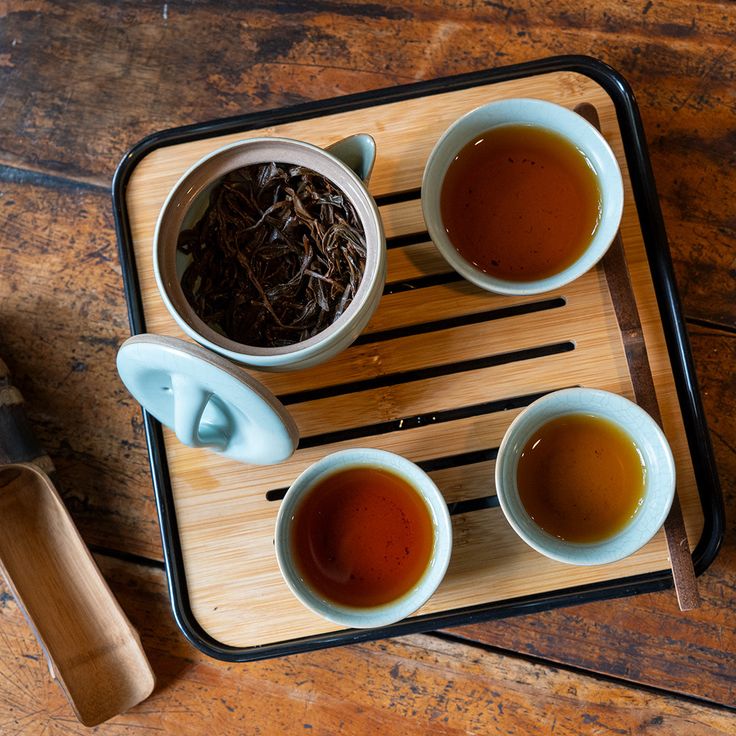
Conclusion: The Endless Appeal of Chinese Herbal Tea
Chinese tea is more than a simple beverage; it is a reflection of history, culture, and global tradition. With its diverse varieties, intricate brewing methods, and numerous health benefits, Chinese tea maintains a revered place in both Chinese society and global consumer culture.
Whether you enjoy the refreshing qualities of oolong, the lush flavors of green tea, or the robust character of black tea, the journey of discovering Chinese tea offers endless exploration. Through tastings, tea ceremonies, and culinary experimentation, individuals continue to engage with this ancient tradition, appreciating its depth and complexity.
As more people around the world embrace tea, they will likely influence its cultural significance to evolve. New generations will engage with the art of tea, sharing experiences and creations while respecting traditional methods. Whether served in a teahouse or enjoyed at home, Chinese tea will remain a treasured part of everyday life, nourishing those who partake in its rich legacy. So, brew a cup, explore the flavors, and immerse yourself in the captivating world of Chinese tea.
